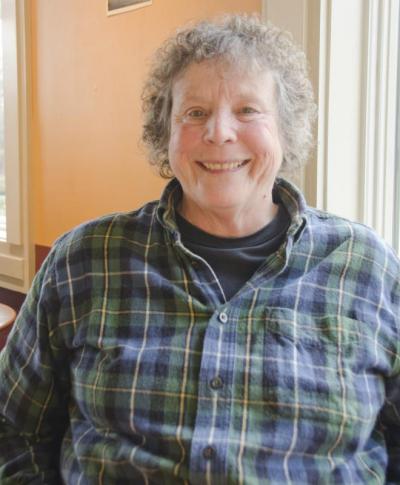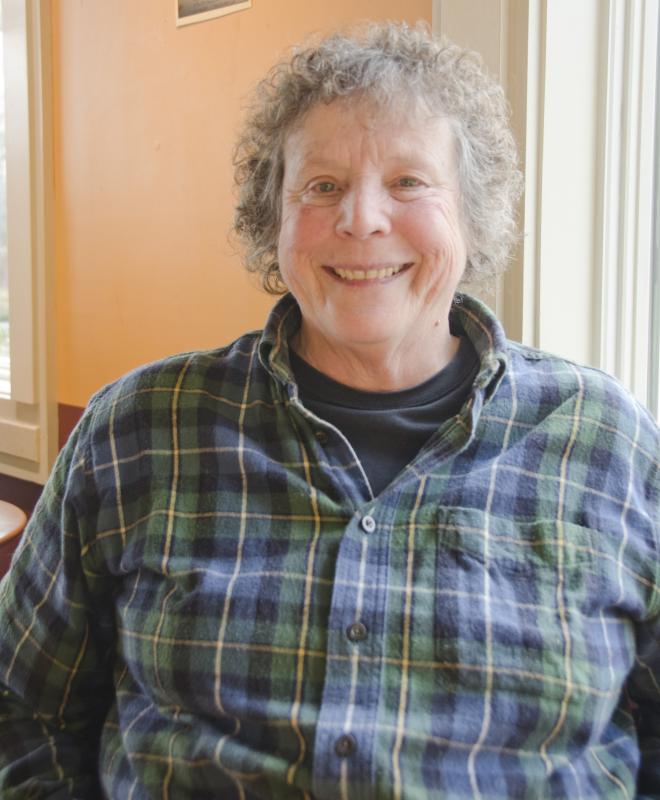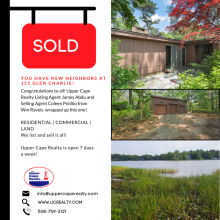'Keepin' it Rural' with Rochester's Norene Hartley
Norene Hartley already knows what she wants on her tombstone.
“My epitaph will read: lived in Rochester, moved away from Rochester, moved back to Rochester, died in Rochester,” said Hartley, 69.
Hartley’s devotion to her hometown makes sense. Rochester has been home to Hartleys since at least 1886 when Norene Hartley’s great great grandfather was born there.
Always a tomboy, Hartley embraced the rural spaces in town from childhood. So, it’s no surprise she was one of three founders of the Rochester Land Trust and has been one of the major cheerleaders for protecting the farms, fields and forests of the town.
Hartley’s views on Rochester and her volunteer efforts get special attention in Robert Barossi’s new e-book. In 2012, Barossi, an Easton resident, interviewed environmental volunteers across Massachusetts, New Hampshire and Rhode Island for his master’s thesis. He turned those interviews into a book published late last year titled “Being Where You Are: How Environmental Volunteers Impact Their Community and the Planet Every Day.”
The chapter “Keepin’ it Rural” is devoted to Hartley’s story.
“She had a salty New Englander personality but underneath was this passionate and emotional connection to the environment,” said Barossi. “Everything she said was worth writing about.”
Hartley was also one of the few volunteers Barossi encountered who had been born and raised in the town where she served.
In the chapter, Hartley recalls being a child and smelling the pine needles as she sat in a tree stump watching a squirrel.
“My mother said every time she let me out the door, she had to go around every ten minutes to find out which stump hole I was in,” Hartley told Barossi.
Hartley left town to go to college in 1963.
“I was a small town kid. I needed to find out if that’s where I really belonged,” she said.
No matter where she went, Hartley found herself gravitating to rural places, but it took 26 years before she returned to Rochester.
After working as a registered medical technician, a chair lift operator, a landscaper and a farmer, Hartley, her six cats and two dogs moved back to Rochester in 1989 so she could work as a carpenter – something she had learned from her father growing up.
In Hartley’s absence, the town had changed.
“When I left for college, there were sixteen hundred people. When I came back there were almost five thousand,” Hartley said. “When I was a kid I knew everybody in town. Now I don’t know many people at all.”
Hartley said she isn’t opposed to new development, but she also values the “wildness or semi wildness” that keeps Rochester connected to the land.
“We need to work towards getting some kind of balance between development and open space,” Hartley said.
When her friend Diane Wood came up with the idea for a land trust, however, Hartley thought it sounded like a “California thing, ” but she agreed, along with Laurell Farinon, and the group held its first meeting in March 1997.
In the beginning, the Mattapoisett River Valley was a high priority for the land trust. Hartley said there was only one protected property, owned by the state. Now, aside from a few parcels, land that extends from Wolf Island Road almost to Hartley Road has been preserved. For Hartley, protecting historic areas is also a concern.
“If we want to remember anything at all about our past, we have to preserve some of it,” she said. “I would like to preserve anything possible before it’s not preservable.”
Aside from a stint on the Community Preservation Committee, the land trust has been Hartley’s primary focus in town.
“I want to stick with the land trust because I think it’s worthwhile. I think history will show that it is necessary,” she said.
Hartley, who is on the land trust board, said getting into nature is something everyone needs to do, and she has no plans to slow down her work with the organization.
As she told Barossi, “I guess the land trust is just a community extension of how I am.”
To purchase Barossi’s e-book, which also includes a chapter with snippets from other Rochester Land Trust members, click here or here.














